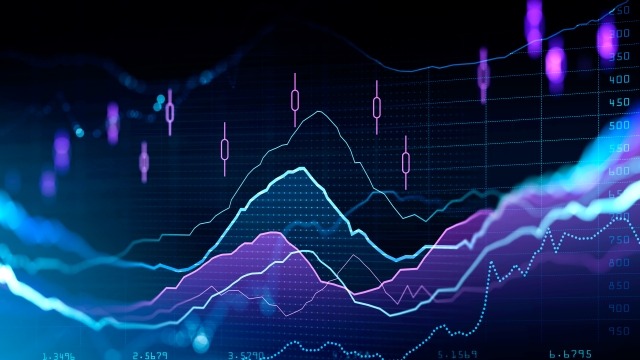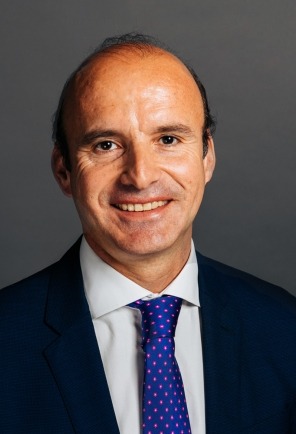March 30, 2023
Spanish Banking Pulse Quarter 4 2022
Alvarez & Marsal (A&M) is delighted to publish the seventeenth edition of the Spanish Banking Pulse (“The Pulse”) Q4 ’22. In this edition, we share results from our research examining the 10 biggest Spanish banks (“top 10”) with regard to their activities within Spain and highlight key performance indicators of the Spanish banking industry.
The Pulse aims to help banking executives and board members stay current on industry trends. As trending topics, we include: 1. Valuations; 2. Productivity Analysis; 3. Liquidity and Deposits
All the data used in this report has been obtained from publicly available sources. The methodology for all the calculations is homogeneous and discussed in the glossary.
Key trends:
Inflation
- In Spain, inflation increased since the end of 2019 and broke the 10% levels from June to August 2022.
- Last period of high inflation were 50 years ago during the decade of 1973-1983.
- According to the bank of Spain, three factors, can be identified behind the generalized increase in the rate of change of prices: a slowdown in the prices of many goods and services, recovery in economic activity, and the increase in the price of electricity
- Inflation has been reducing, being 5,7% as of February 2023
GDP (€ billions)
- Spanish GDP had been growing since COVID 19 pandemic
- Pre-pandemic levels by the end of the year 2022.
- The European Commission expects GDP to increase 1,4% in 2023 & 2,0% in 2024.
EURIBOR 12m (%)
- Inflation is prompted the ECB to increase interest rates with official rates of the deposit facility standing at 2% after the December review.
- Euribor 12 months is already trading at 3,53%, highest since 2008.





